

Today we’d like to introduce you to Brandon Rogers.
Hi Brandon, we’re thrilled to have a chance to learn your story today. So, before we get into specifics, maybe you can briefly walk us through how you got to where you are today?
I’ve been making videos since high school, before YouTube was even a thing. I’d make them with my friends, then we’d all sit down at lunch and I’d screen them off a TV. There wasn’t a platform to post them on yet—I was just making stuff so my family and friends could watch.
When YouTube came out in 2005, it felt like destiny. Suddenly there was a place to upload videos instantly, and I jumped right in. Back then I didn’t even care about views. I measured everything in comments, because a comment meant someone felt something strong enough to actually respond.
In 2009, I joined the Partner Program and got my first check. It wasn’t much, but it was enough for me to quit Best Buy, buy a plane ticket, and explore the country while still making videos. I was 19 and basically living this nomadic, creator life for a while. Eventually, I dropped out of college because I realized no one in Hollywood was asking for a degree—they just wanted to see what you could make. By then I already had two seasons of Theater Class, a bunch of shorts, and some animation under my belt, so I moved to LA and went all in.
It was a slow burn, but I never stopped posting. Then in 2015, my clips blew up on Vine—though no one realized they were all me playing different characters. The Fine Brothers finally made a video connecting the dots, and overnight I gained 17,000 subscribers. That was the turning point. I knew this wasn’t just a hobby anymore. I had to double down and make entertainment my full-time priority.
We all face challenges, but looking back would you describe it as a relatively smooth road?
Not smooth at all. Early on, I had no money, no crew, and had to teach myself how to write, edit, direct, and act just to keep going. Later, even though some of my videos pulled in over 50 million views each, it still took a long time for studios to recognize my work as legitimate or worth a bigger investment. For years I used that as my metric of success—waiting for Hollywood to notice.
When it finally happened, I got to make Magic Funhouse with Super Deluxe and later a show with Facebook. Those projects were rewarding in the most “Hollywood” way, with premieres, billboards, and full productions. But they also taught me how much I value the consistency of YouTube. It’s been the one platform that always let me connect directly with my audience in the most accessible way possible.
I’d still love to be part of more projects where I’m not the only one producing and funding everything, but I’ve also grown content knowing the reach I already have is incredible on its own.
Appreciate you sharing that. What else should we know about what you do?
I’m a sketch comedian, writer, director, editor, voice actor, and a proud dog dad. I’m known for outrageous characters and worlds that feel like live-action cartoons: bold colors, dramatic acting, and dialogue that’s both filthy and ridiculous. People have compared my style to John Waters, South Park, and Tim Burton. It’s a weird cocktail, but it’s mine.
What I’m most proud of is that my videos live on. Most artists cringe at their old work, but I’ll rewatch something like Bryce years later and still think, “I’m glad we made this.” Some of my sketches capture exactly how I felt at the time, and I can feel it all over again watching them back. The idea that those videos will outlive me, and that someone years from now might find comfort or laughter in them, that’s what makes me proud.
What sets me apart is that I’ll do the things most people won’t. I’ll commit to bits that are messy, gross, or humiliating if it makes the joke land. And the mix of influences I bring together—queer sensibilities, cartoon logic, camp, filth, heart—is a combination I haven’t seen anywhere else.
Where do you see things going in the next 5-10 years?
Vertical videos are now full productions—union sets, actors, costumes—and I never thought I’d see that. It makes me wonder if we’ll have vertical movie theaters one day.
At the same time, vertical doesn’t always feel natural for storytelling. Our eyes are made to scan left to right, which is why films developed in widescreen. But phones are vertical, so we’re adapting whether we like it or not. I think the next decade will be creators experimenting with how to tell stories in that space.
The algorithm is the real boss now. It’s this invisible god we all serve without fully understanding. The risk is making work that only feeds the algorithm but isn’t actually good. My goal is to keep making stuff that feels like me, whether it’s widescreen or vertical. If someone can watch it years later and still laugh, then I did it right.
Contact Info:
- Website: https://www.brandonrogerslive.com/
- Instagram: https://www.instagram.com/brandonbored/
- Facebook: https://www.facebook.com/ItsBrandonRogers/
- Youtube: https://www.youtube.com/@brandonrogers
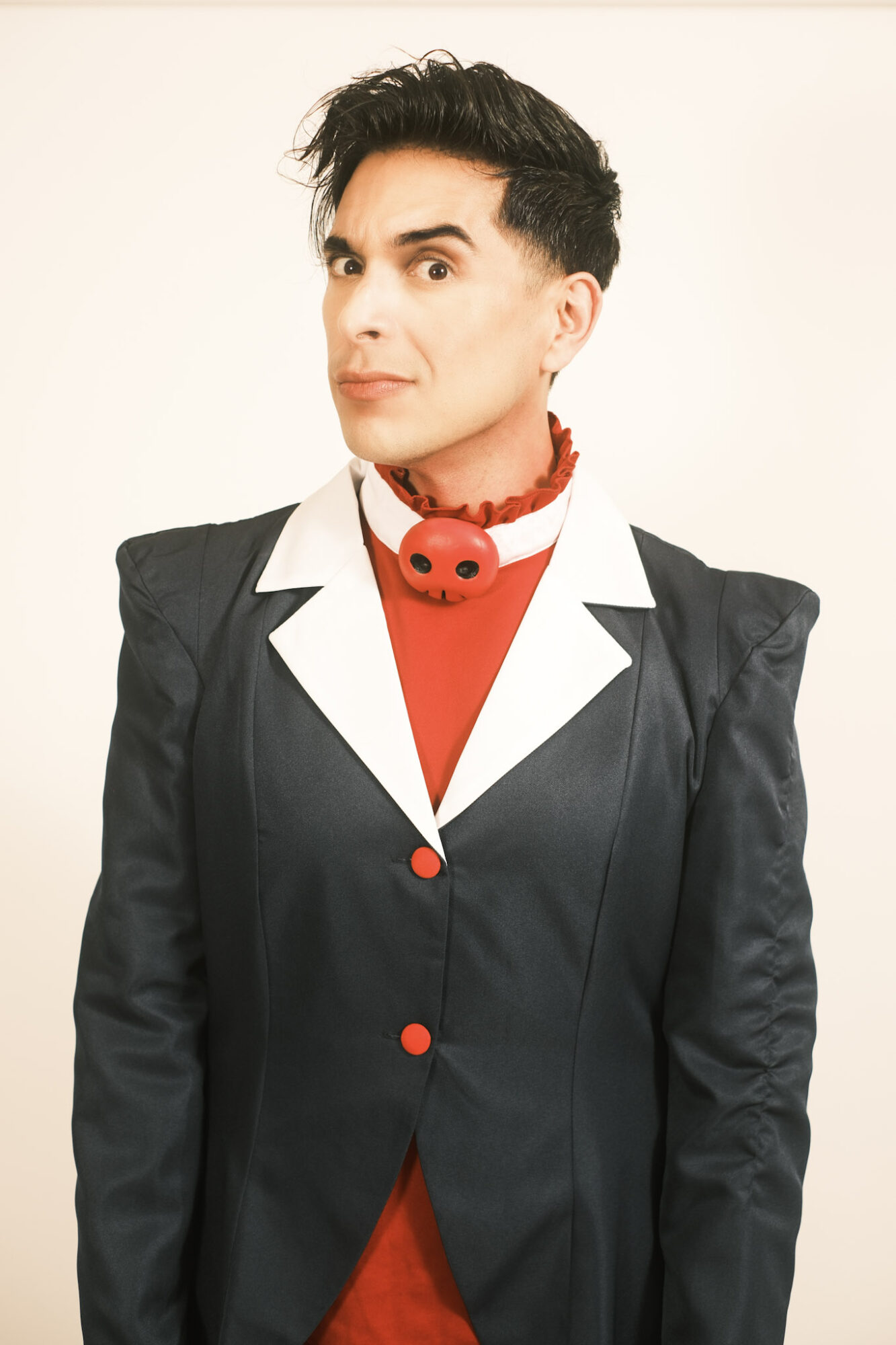
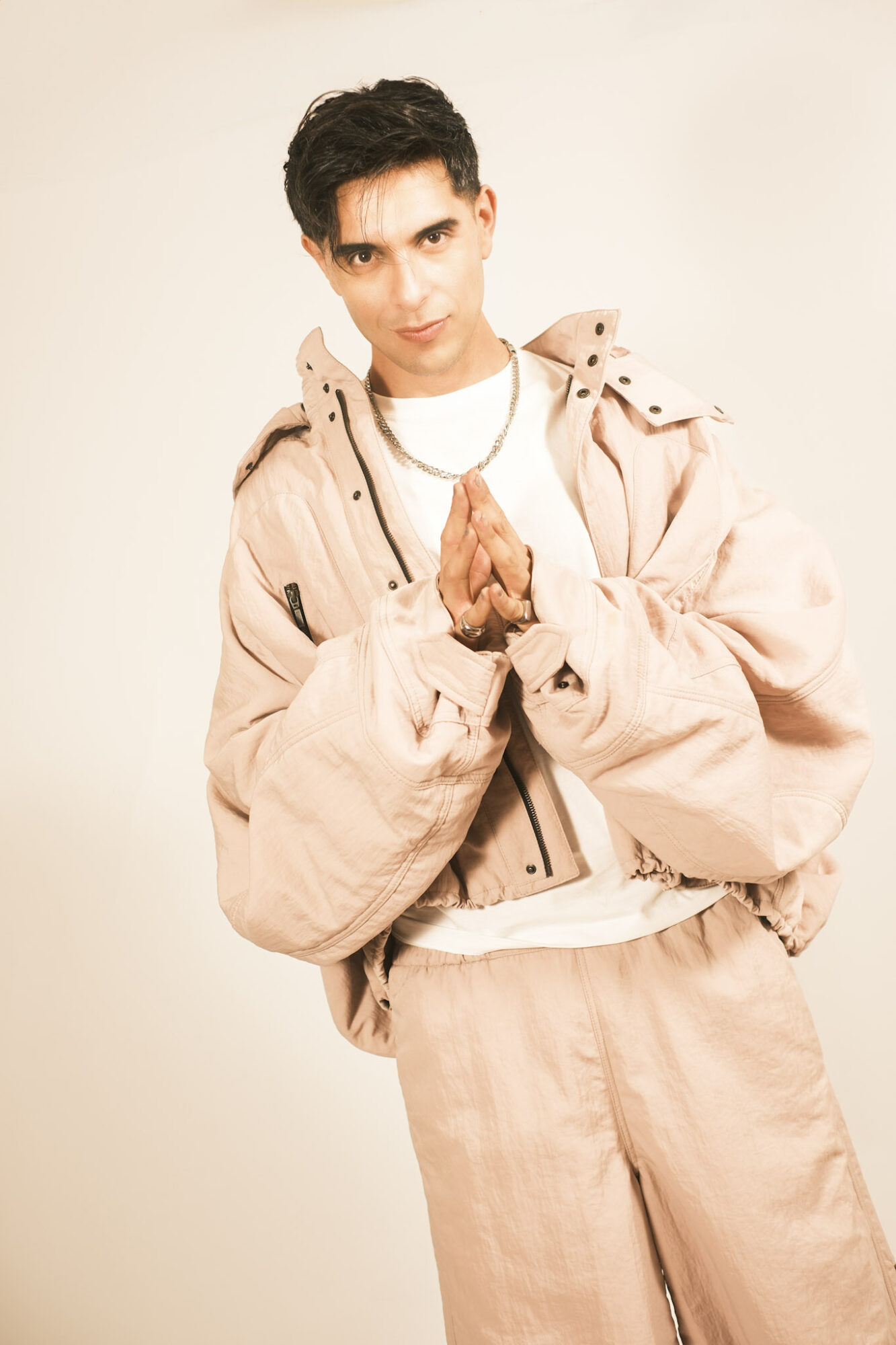
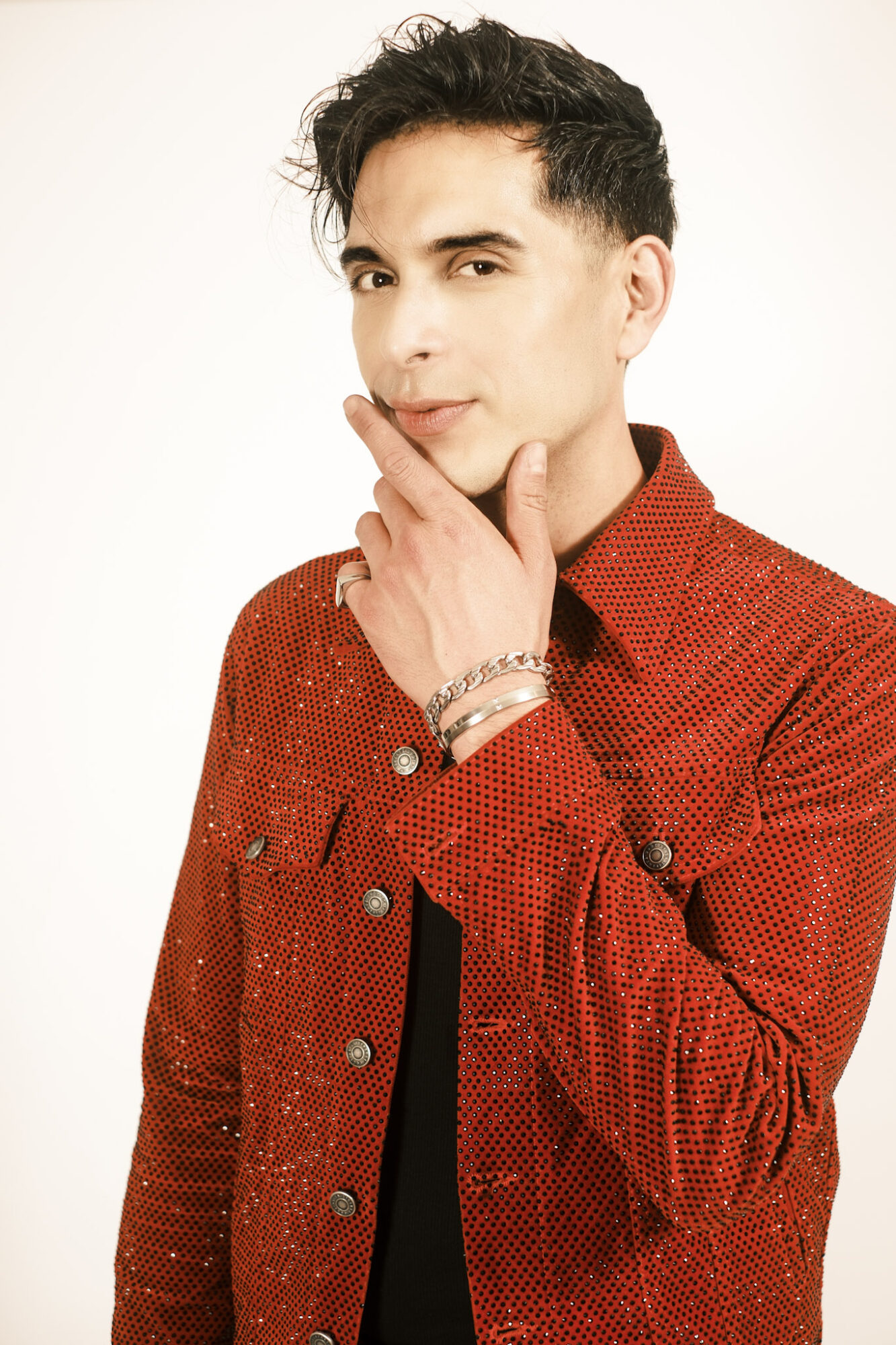
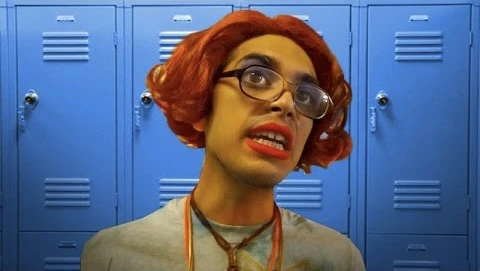
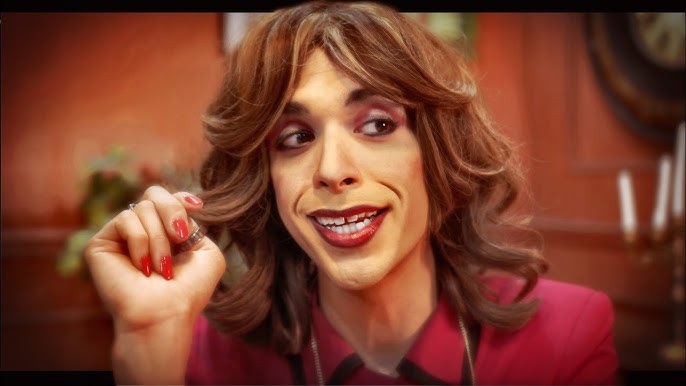
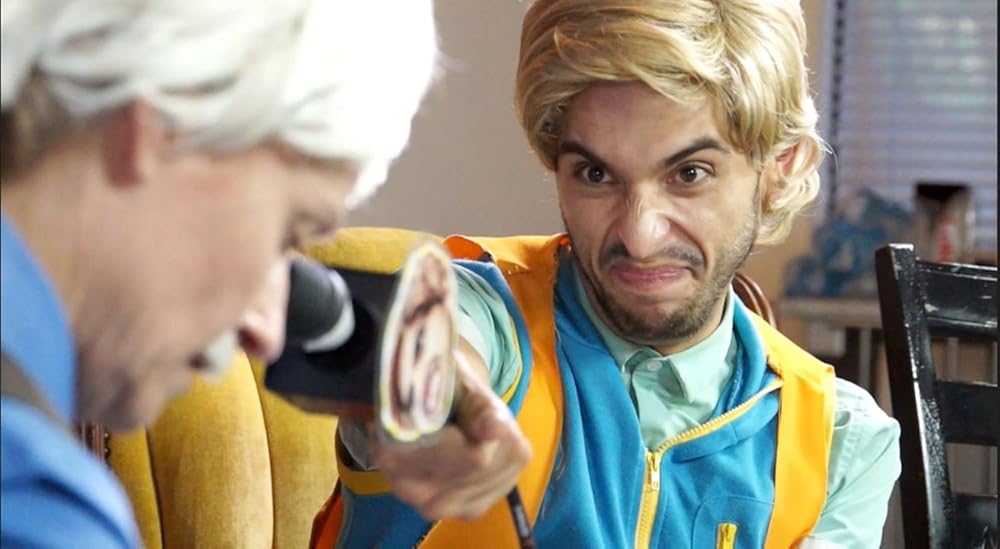
Image Credits
Brian Kim














